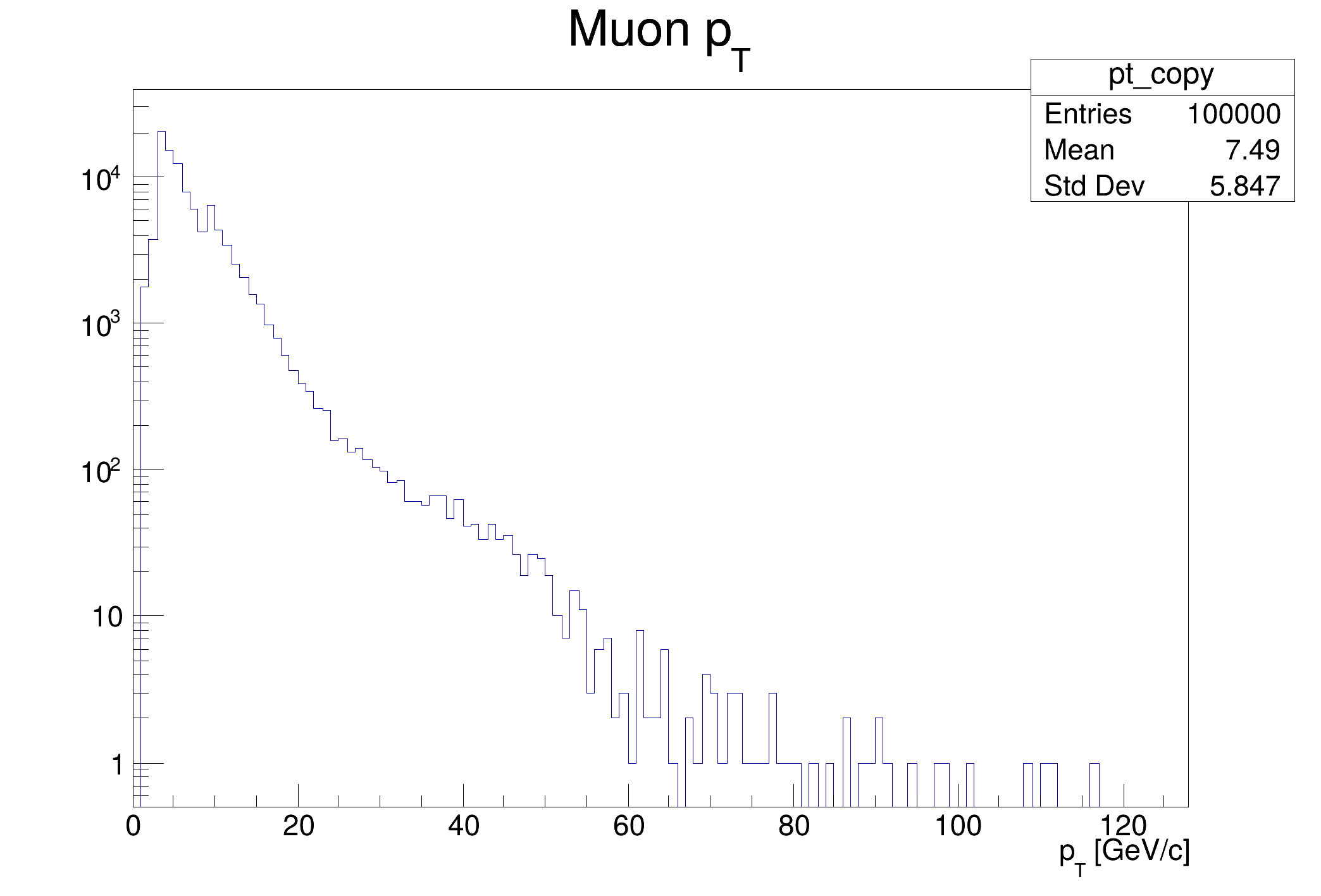

Use the lazy RDataFrame data source to concatenate computation graphs.
This tutorial illustrates how to take advantage of a lazy data source creating a data frame from columns of one or multiple parent dataframe(s), delaying the creation of the columns to the actual usage of the daughter data frame. Dataset Reference: McCauley, T. (2014). Dimuon event information derived from the Run2010B public Mu dataset. CERN Open Data Portal. DOI: 10.7483/OPENDATA.CMS.CB8H.MFFA. From the ROOT website: https://root.cern/files/tutorials/tdf014_CsvDataSource_MuRun2010B.csv
{
auto fileNameUrl =
"http://root.cern/files/tutorials/df014_CsvDataSource_MuRun2010B.csv";
auto fileName = "CsvDataSource_MuRun2010B.csv";
auto df = MakeLazyDataFrame(std::make_pair(
px1Name, px1), std::make_pair(
py1Name, py1));
auto ptFormula = [](
double px,
double py) {
return sqrt(px * px + py * py); };
return 0;
}
ROOT::Detail::TRangeCast< T, true > TRangeDynCast
TRangeDynCast is an adapter class that allows the typed iteration through a TCollection.
R__EXTERN TSystem * gSystem
virtual Bool_t Cp(const char *dst, Bool_t progressbar=kTRUE, UInt_t bufsize=1000000)
Allows to copy this file to the dst URL.
virtual Bool_t AccessPathName(const char *path, EAccessMode mode=kFileExists)
Returns FALSE if one can access a file using the specified access mode.

- Date
- February 2018
- Author
- Danilo Piparo (CERN)
Definition in file df015_LazyDataSource.C.


